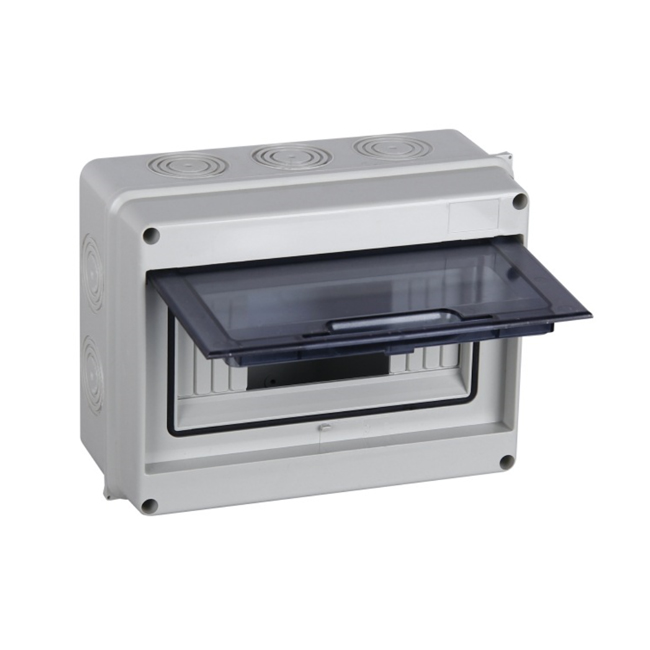"Architectural Lighting Design Standard GB50034-2004" (hereinafter referred to as "Standard") is the most important standard for architectural engineers to design and apply lighting appliances. It includes quantitative indicators of various architectural lighting designs such as illumination, quality indicators, and lighting. Power density limits, lighting distribution and control, covering lighting standards and energy-saving standards for residential buildings, public buildings and industrial buildings, as well as “light management and supervision content†for implementation, for implementing green lighting and promoting lighting technology advancement And the promotion of efficient lighting products has played an important role.
In recent years, with the continuous development of China's lighting technology, especially the continuous expansion of the latest generation of light source LEDs indoors and outdoors, coupled with the trend of energy saving and emission reduction, new requirements for architectural design standards have been put forward. In this context, the standard development unit, China Academy of Building Research, has also begun the revision of this standard. It is understood that the revision of this new standard is expected to take two years from the investigation to the completion of the draft for comments and approval.
Energy efficiency indicators will be stricter
"Standards should be based on human beings, create a good light environment, reflect the level of China's lighting technology and promote its development. It is scientific, practical and forward-looking, and it is closer to international standards in light of China's actual situation. The actual level of China is not only technically advanced, economically reasonable, but also easy to maintain, safe to use, save energy, protect the environment, protect health and green lighting.
Vice President Zhao Jianping of the Institute of Building Environment and Energy Conservation of the China Academy of Building Research pointed out. With the development of lighting technology and applications, the content of the standard needs to keep pace with the times. This standard revision will further tighten the energy-saving indicators and increase the indicator setting for LED applications.
LPD refers to the lighting power density, which is the lighting installation power per unit area of ​​a building room or place, in watts per square meter. The LPD value is the main indicator for evaluating building energy efficiency. The LPD limit is defined, which is related to energy conservation and environmental protection in the field of lighting. It will promote the comprehensive consideration of lighting design and take into account the illumination level, lighting quality and lighting energy efficiency, and promote the application in design. Efficient light sources, ballasts, lamps and other products. In practical applications, the provisions of the LPD limits have become an important basis for the effective supervision and management of lighting design, installation, operation and maintenance by the competent authorities and energy conservation supervision departments.
A major change in the development of the GB50034-2004 standard is to increase the maximum allowable LPD of 108 common rooms or places in seven types of buildings, such as office, residence, commerce, hotels, hospitals, schools and industries, except for residential buildings. The LPD restrictions of other 6 types of buildings are mandatory standards, which is the first in the history of China's lighting design standards.
At present, the global energy conservation and environmental protection pressures are gradually increasing, and the significance of LPD values ​​is also more prominent. It is understood that this standard revision, LPD values ​​may be adjusted to make the LPD value more in line with the trend and requirements of energy saving, will focus on how to reduce the LPD value of existing buildings, and expand the energy saving of room types in public buildings. Standard regulations and other issues.
It should be noted that the specification of the LPD value and possibly further reduction can be a significant challenge for lighting design. For example, in the actual implementation of the standard, the LPD value that meets the energy-saving regulations and the aesthetic decoration requirements of the building are often “the fish and the bear's paw can't have bothâ€, and it is also the most troublesome thing for the architect.
The distribution box is a massive parameter on the data. Generally, it constitutes a low-voltage forest. According to the electrical wiring, it is required to assemble the switchgear, measuring instrument, protective electrical appliance and auxiliary equipment in a closed or semi-closed metal cabinet or on the screen to form a low-voltage power distribution. box. The circuit can be switched on or off with a manual or automatic switch during normal operation.
Our company's Distribution Boxes are mainly divided into six series(as follow),had exported into global market for many years:
Universal Junction Boxes
Euro type Switch Boxes
Distribution Box
Locks for Switch Boxes
Industrial Plug and Socket
JXF Water Proof Metallic Panel Board
Distribution Boxes
Distribution Boxes,Terminal Box,Switch Box,Control Switch Box
Ningbo Bond Industrial Electric Co., Ltd. , https://www.bondelectro.com

